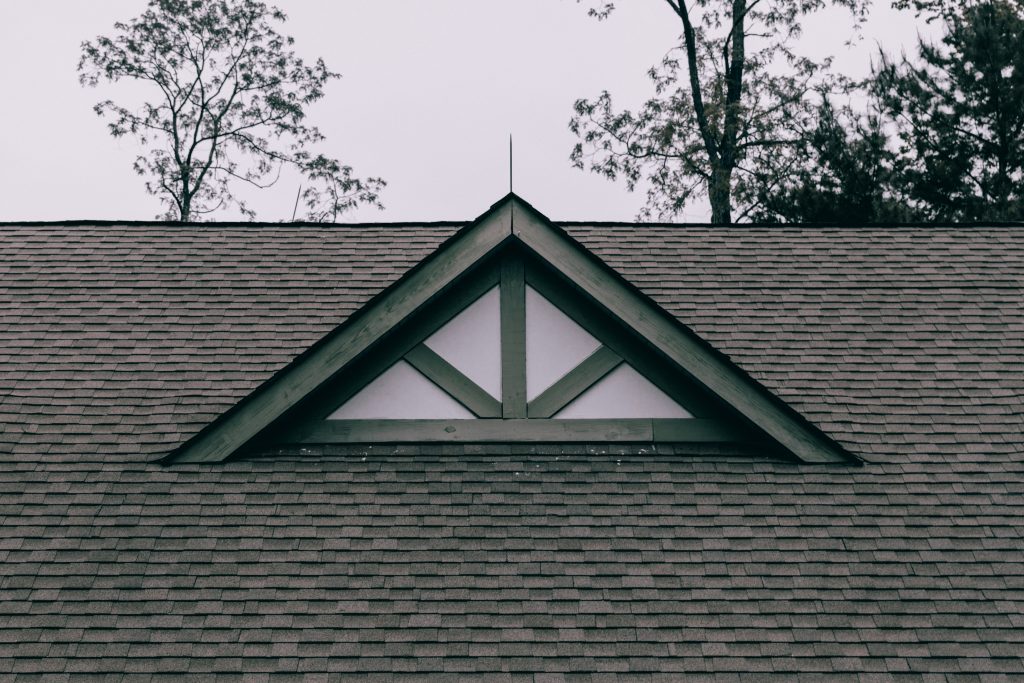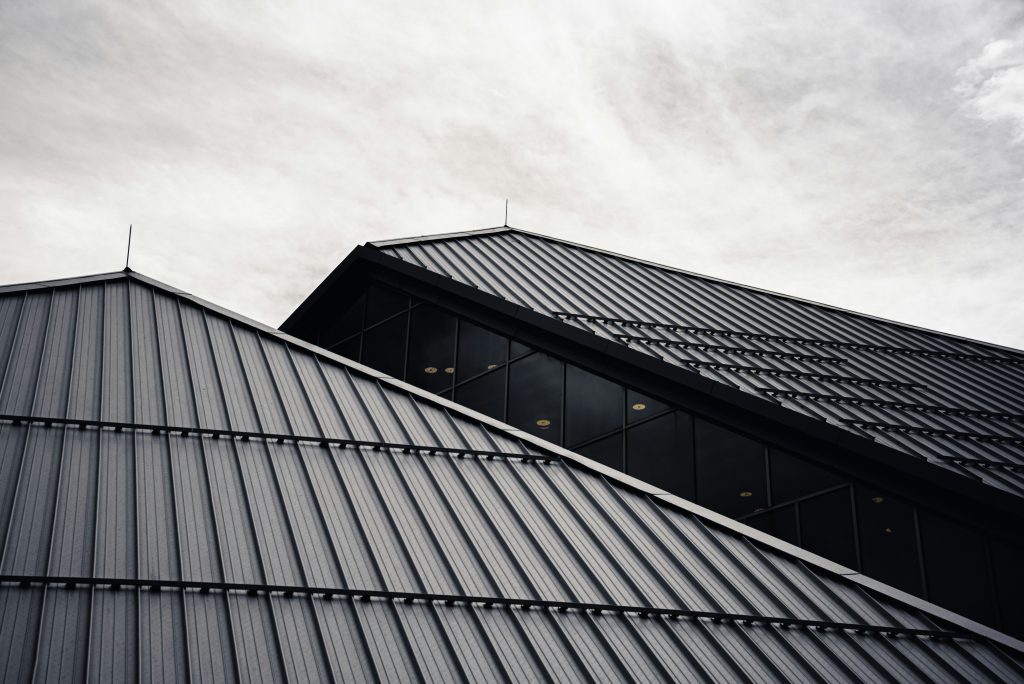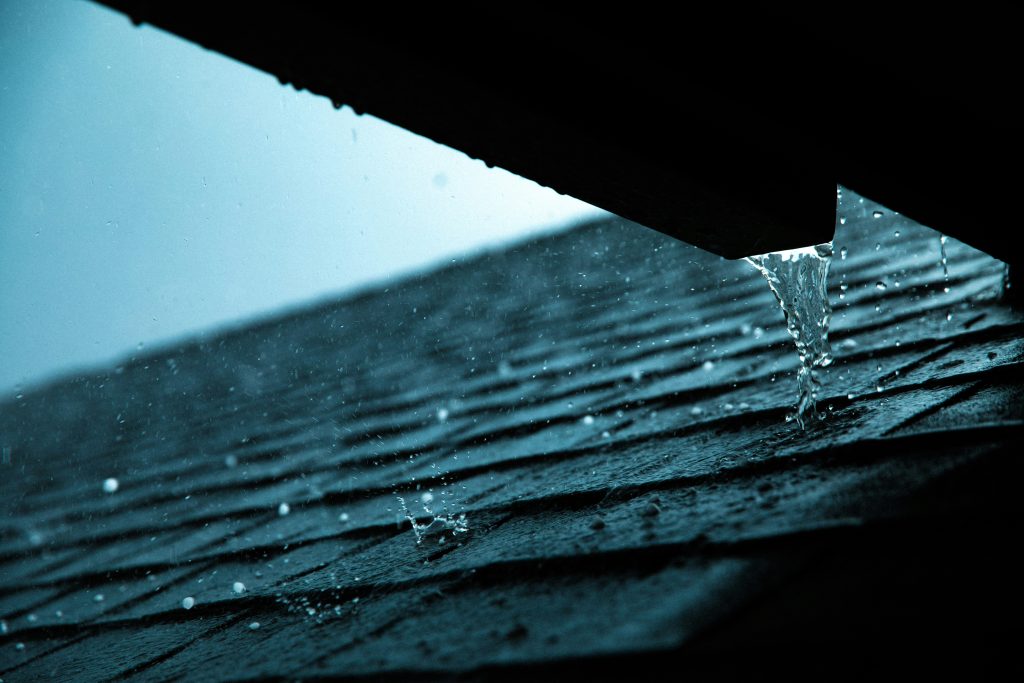When it comes to the health and longevity of your home’s roofing system, proper ventilation is a game-changer. Yet, it’s a component often overlooked or underestimated in its significance. In this illuminating exploration, we’ll delve into the crucial role that roof ventilation plays in maintaining a comfortable indoor environment, improving energy efficiency, and extending the lifespan of your roof.
First and foremost, let’s address the importance of ventilation in regulating temperature and humidity levels within your home. During hot summer months, attics and roof spaces can quickly become heat traps, reaching temperatures far above those outside. Without adequate ventilation, this trapped heat can seep into your living spaces, making your home feel like an oven and putting a strain on your cooling systems. Conversely, in colder seasons, improper ventilation can lead to moisture buildup, resulting in condensation, mold growth, and potential damage to insulation and structural components.
Proper roof ventilation acts as a natural thermal regulator, allowing hot air to escape from the attic while drawing in cooler air from outside. This circulation helps prevent heat buildup in your home’s upper levels, maintaining a more consistent and comfortable indoor temperature year-round. By reducing the workload on your HVAC systems, ventilation can also lead to significant energy savings and lower utility bills—a win-win for both your comfort and your wallet.
But the benefits of roof ventilation extend beyond mere comfort and energy efficiency. By facilitating airflow and reducing temperature fluctuations, proper ventilation helps mitigate the risk of moisture-related issues that can compromise the integrity of your roof and home. Excess heat and humidity can accelerate the deterioration of roofing materials, leading to premature aging, warping, and even structural damage. In contrast, a well-ventilated roof promotes air circulation, allowing moisture to escape and preventing mold, rot, and decay.
Furthermore, by reducing the temperature differential between the inside and outside of your roof, ventilation helps minimize the formation of ice dams in colder climates—a common cause of roof leaks and water damage during winter months. By maintaining a consistent roof temperature, ventilation helps prevent snow and ice from melting and refreezing at the roof’s edge, safeguarding against costly repairs and potential water infiltration.
In conclusion, proper roof ventilation is not just a luxury—it’s a necessity for maintaining a comfortable, healthy, and energy-efficient home. By promoting airflow, regulating temperature and humidity levels, and preventing moisture-related issues, ventilation plays a crucial role in preserving the integrity and longevity of your roofing system. So, whether you’re building a new home or considering upgrades to your existing roof, don’t overlook the importance of ventilation—it’s an investment that pays dividends in comfort, efficiency, and peace of mind.



